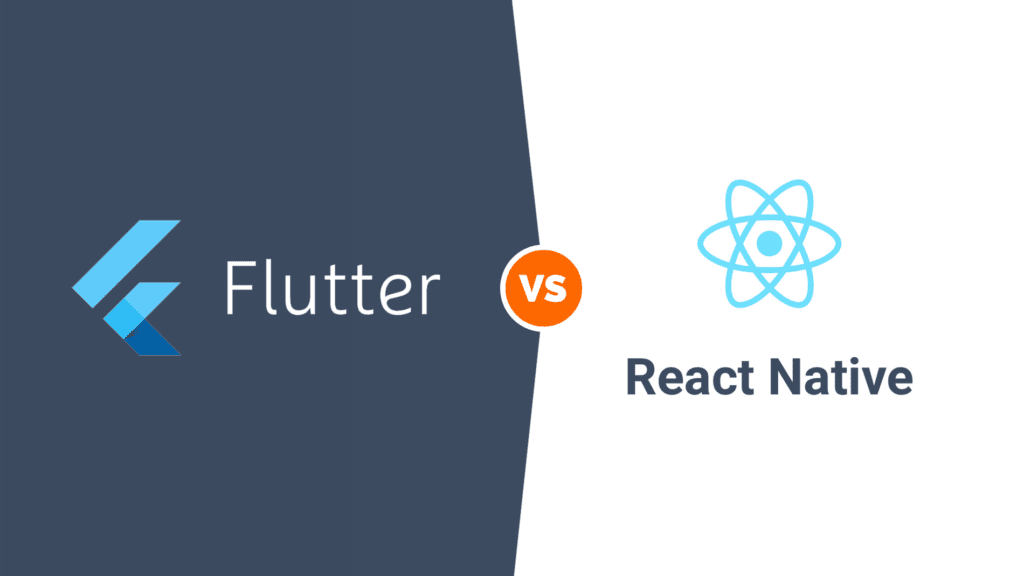Similarities and Differences Between Flutter and React Native


In the fast-evolving landscape of mobile app development, developers are constantly seeking efficient tools and frameworks to build robust and feature-rich applications. Two prominent contenders in this arena are Flutter and React Native-Top mobile app development company in New York. Both are popular frameworks that facilitate cross-platform app development, allowing developers to write code once and deploy it across multiple platforms. However, they differ in their underlying technologies, architecture, and developer experience-mobile app development company in New York. Let’s delve into the similarities and differences between Flutter and React Native to understand their strengths and limitations.
Similarities:
Cross-Platform Development: Both Flutter and React Native enable developers to build apps for multiple platforms, including iOS, Android, and even web (to some extent for React Native). This cross-platform capability is achieved by compiling the code to native machine code, providing performance close to that of native apps-best mobile application development company in New York.
Hot Reload: Both frameworks offer a “hot reload” feature, allowing developers to see changes in real-time as they code without the need to recompile the entire application. This accelerates the development process and enhances productivity by providing instant feedback.
UI Components: Flutter and React Native come with a rich set of UI components and widgets that can be customized to create visually appealing interfaces. Both frameworks offer extensive documentation and community support for these components, making it easier for developers to design consistent and attractive user interfaces-mobile application development company in New York.
Performance: While not as fast as native apps, both Flutter and React Native apps deliver satisfactory performance thanks to their efficient rendering engines and native code compilation. They leverage hardware acceleration and optimize UI rendering to ensure smooth user experiences across devices.
Differences:
Programming Language: One of the most significant differences between Flutter and React Native is the programming language used. Flutter uses Dart, a language developed by Google, whereas React Native relies on JavaScript, specifically the React framework. Developers familiar with JavaScript may find React Native more accessible, while those comfortable with statically typed languages might prefer Dart-website development company in New York.
Architecture: Flutter employs a reactive framework called Flutter Widget, which uses a declarative UI approach. Widgets are immutable and rebuilt as needed, providing a consistent and predictable UI behavior. React Native, on the other hand, follows a component-based architecture where UI elements are encapsulated within reusable components. This makes it easier to manage complex UI structures and encourages a modular approach to development.
UI Rendering: Flutter uses its own rendering engine called Skia to draw UI elements directly onto the canvas, resulting in consistent UI rendering across platforms. In contrast, React Native relies on native components provided by platform-specific APIs, which may lead to slight differences in UI appearance and behavior between platforms-top mobile application development company in New York.
Community and Ecosystem: React Native has been around longer than Flutter and has a larger community and ecosystem of third-party libraries, plugins, and tools. This extensive ecosystem provides developers with a wide range of options for integrating features and functionality into their apps. While Flutter’s community is growing rapidly, it may still lack the breadth and depth of resources available for React Native-website development company in Missouri USA.
In conclusion, both Flutter and React Native offer powerful solutions for cross-platform app development, each with its own set of strengths and trade-offs. The choice between them depends on factors such as programming language preference, architectural considerations, and ecosystem support. Ultimately, developers should evaluate their project requirements and consider experimenting with both frameworks to determine which best suits their needs.